

Glaciers are getting smaller in most parts of the world – and at the fastest rates since record keeping began. Glaciers explained A glacier is a body of ice formed from snow that has accumulated ...
READ MORE

The water cycle is driven by energy from the sun. Liquid water is evaporated and changed into a gas. In this process, energy is absorbed (endothermic). The gaseous vapour rises and circulates in ...
READ MORE
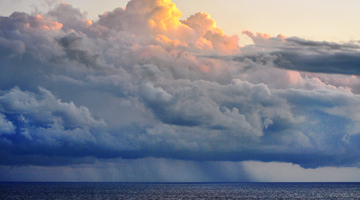
In this activity, students watch a short slide show presentation explaining what precipitation is and how clouds form. By the end of this activity, students should be able to: explain what ...
READ MORE
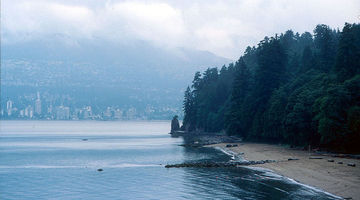
In this activity, students construct models that resemble rain falling on a hillside to observe factors affecting soil erosion and ground stability. By the end of this activity, students should ...
READ MORE

In this activity, students observe the processes of evaporation and precipitation by creating a model that simulates the water cycle. By the end of this activity, students should be able to ...
READ MORE

Globe at Night is an international citizen science campaign to raise public awareness of the impact of light pollution by inviting citizen scientists to measure and submit their night sky ...
READ MORE
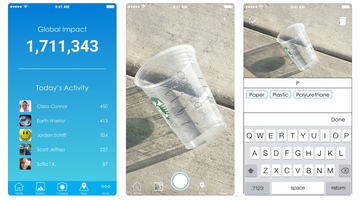
Litter is everywhere – but how much is there, and why does it matter? Litterati is an online citizen science (OCS) project that allows participants to photograph, upload and tag litter in their ...
READ MORE
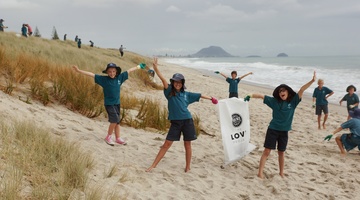
Litter Intelligence is a long-term programme run by Sustainable Coastlines in collaboration with the Ministry for the Environment, Department of Conservation and Statistics New Zealand. It aims ...
READ MORE
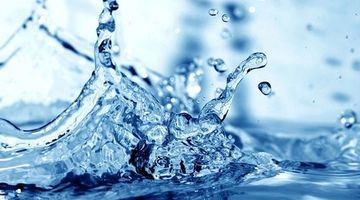
About 70% of Earth’s surface is covered by water. It is found just about everywhere and is the only naturally occurring substance on Earth existing in solid, liquid and gas states. Water is ...
READ MORE
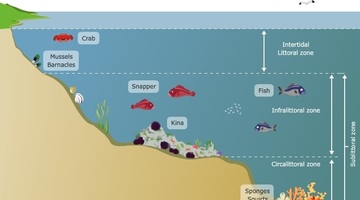
The rocky shore is a popular topic in primary school science. Below are some Science Learning Hub resources for primary teachers related to the rocky shore in the Living World strand of the New ...
READ MORE
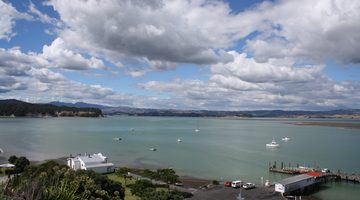
With 75% of New Zealanders living within 10 km of the coast, many students will be familiar with estuaries. In scientific terms, estuaries are the interface between the land and the sea – the ...
READ MORE
Ohio State University’s Professor Lonnie Thompson is a glaciologist and also a senior research scientist at Byrd Polar and Climate Research Center. He studies glaciers in tropical and subtropical ...
READ MORE
In this video, Dave Campbell and Keith Hunter discuss what weather and climate are, and how the water cycle is key to the weather. Weather describes the condition of the air masses overlying land ...
READ MORE
Dave Campbell explains that evaporation occurs when water changes from a liquid state to a gaseous state. It can happen anywhere there is water – in the soil, lakes, oceans and plants. When it ...
READ MORE

This slideshow explains what precipitation is and how clouds form. Use the Slideshow menu for further options, including view full screen, and go here for the download option.
READ MORE
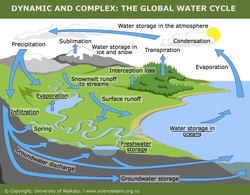
Water in the Earth system is influencing all aspects of life on Earth. Pathways, storage, transfers and transformations have an effect on the global climate and human welfare. Within this ...
READ MORE
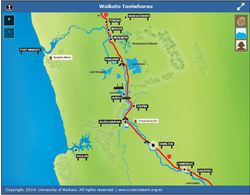
An interactive showing the lower Waikato River. Use the zoom-in feature to find some cultural and geographical connections to the river. Listen to iwi talking about what the river means to them ...
READ MORE